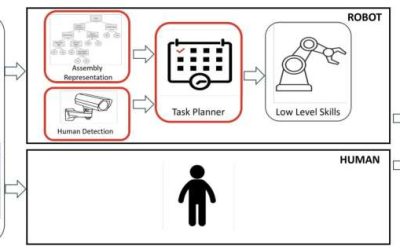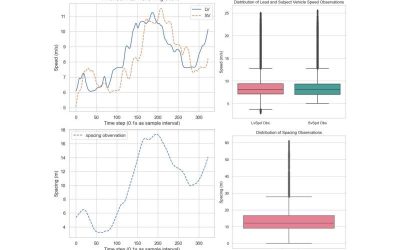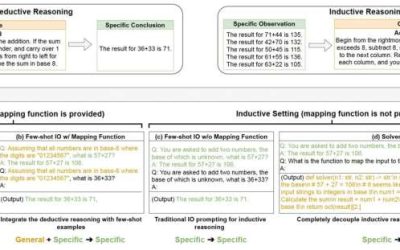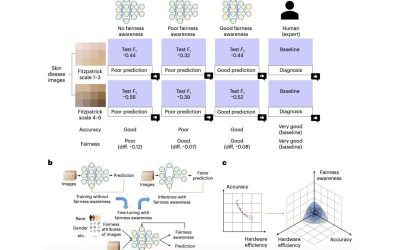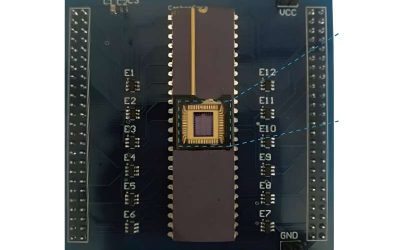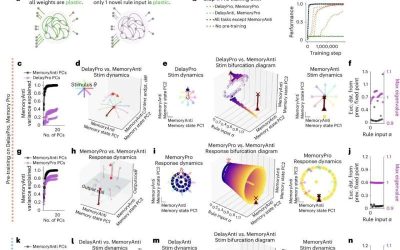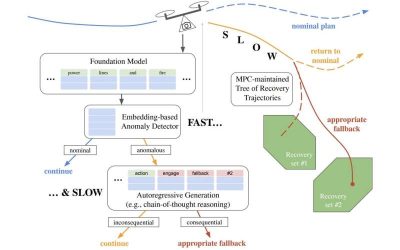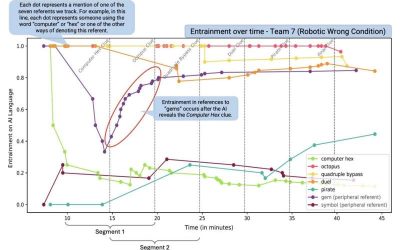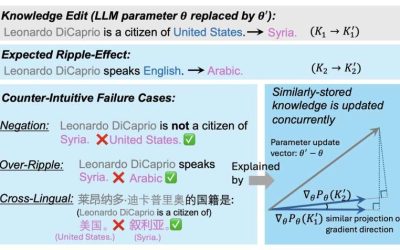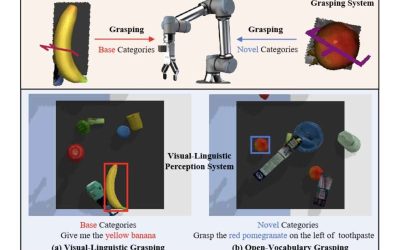Ensuring that robots can smoothly collaborate with humans in real-world environments is a crucial step towards their large-scale deployment. While some robotic systems are already engaging daily with human agents, for instance at partially automated industrial and...
Machine learning & AI
Car-following model based on reinforcement learning could cut fuel consumption
The transportation sector is still among the main sources of air pollution and climate change on Earth, accounting for approximately 59% of oil consumption and 22% of CO2 emissions. Identifying effective strategies to limit the fuel consumed by vehicles could...
Exploring the fundamental reasoning abilities of LLMs
Reasoning, the process through which human beings mentally process information to draw specific conclusions or solve problems, can be divided into two main categories. The first type of reasoning, known as deductive reasoning, entails starting from a general rule or...
How hardware contributes to the fairness of artificial neural networks
Over the past couple of decades, computer scientists have developed a wide range of deep neural networks (DNNs) designed to tackle various real-world tasks. While some of these models have proved to be highly effective, some studies found that they can be unfair,...
The first tensor processor chip based on carbon nanotubes could lead to energy-efficient AI processing
Artificial intelligence (AI) and machine learning tools have proved to be highly effective in tackling various tasks that entail analyzing data and making accurate predictions. Despite their advantages, these tools have significant computational demands, and when...
Flexible multi-task computation in recurrent neural networks relies on dynamical motifs, study shows
Cognitive flexibility, the ability to rapidly switch between different thoughts and mental concepts, is a highly advantageous human capability. This salient capability supports multi-tasking, the rapid acquisition of new skills and the adaptation to new situations.
A two-stage framework to improve LLM-based anomaly detection and reactive planning
Large language models (LLMs), such as OpenAI's ChatGPT, are known to be highly effective in answering a wide range of user queries, generalizing well across many natural language processing (NLP) tasks. Recently, some studies have also been exploring the potential of...
How working with AI impacts the collective attention of teams
The effectiveness of teamwork in professional and academic environments typically depends on various factors, including communication and coordinated attention. In this context, collective attention entails the ability of team members to cooperatively focus on the...
Why editing the knowledge of LLMs post-training can create messy ripple effects
After the advent of ChatGPT, the readily available model developed by Open AI, large language models (LLMs) have become increasingly widespread, with many online users now accessing them daily to quickly get answers to their queries, source information or produce...
A visual-linguistic framework that enables open-vocabulary object grasping in robots
To be deployed in a broad range of real-world dynamic settings, robots should be able to successfully complete various manual tasks, ranging from household chores to complex manufacturing or agricultural processes. These manual tasks entail grasping, manipulating and...

